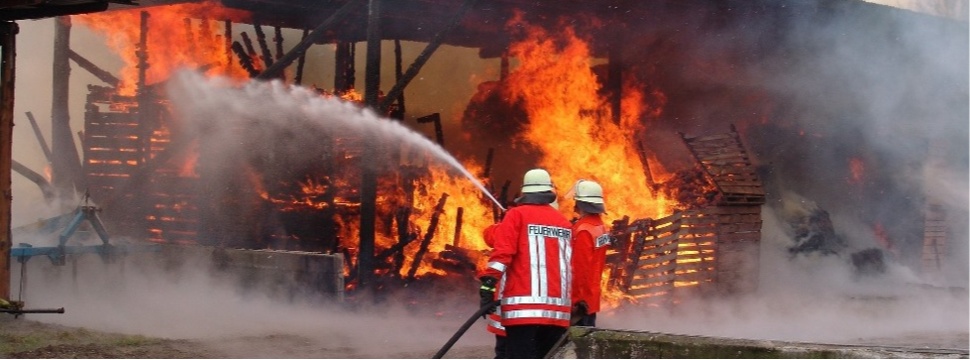Devastating fire in whiskey warehouse leads to environmental disaster
News News blog
On 9 May 2000, a serious disaster occurred in Anderson County, Kentucky, which not only affected the company involved, but also the surrounding nature and population. A fire broke out in a seven-storey maturing warehouse in which more than 17,000 wooden barrels of whiskey were stored. The flames spread quickly and completely destroyed the warehouse.

But that was not all: the burning whiskey flowed out of the building and set fire to the neighbouring woods. The fire brigade fought tirelessly against the flames and fortunately managed to save the nearby Lawrenceburg water treatment plant from destruction. Nevertheless, an estimated 20 per cent of the whiskey ended up in the Kentucky River, leading to a temporary shutdown of the water treatment plant.
The consequences for local residents were serious. The authorities were forced to impose restrictions on water use in order to conserve scarce resources. Shops and schools had to remain closed due to the water shortage, which severely affected public life in the region.
But it was not only the people who suffered from the consequences of the accident. The alcohol spill also had a devastating effect on the wildlife in the Kentucky River. The oxygen content of the water was drastically reduced by the whiskey, which led to a massive fish kill. It is estimated that 228,000 fish died over a 66-mile stretch.
To mitigate the situation and revitalise the river, the Environmental Protection Agency (EPA) and the Coast Guard's Gulf Strike Team took extraordinary measures. They used aeration devices mounted on barges to increase the oxygen content of the water again and thus stabilise the ecosystem.
The company responsible subsequently cooperated and paid a sum of 256,000 dollars to the Kentucky Department of Fish and Wildlife. These funds were to be used to restore the fish population in the river and repair the damage to the natural environment.










